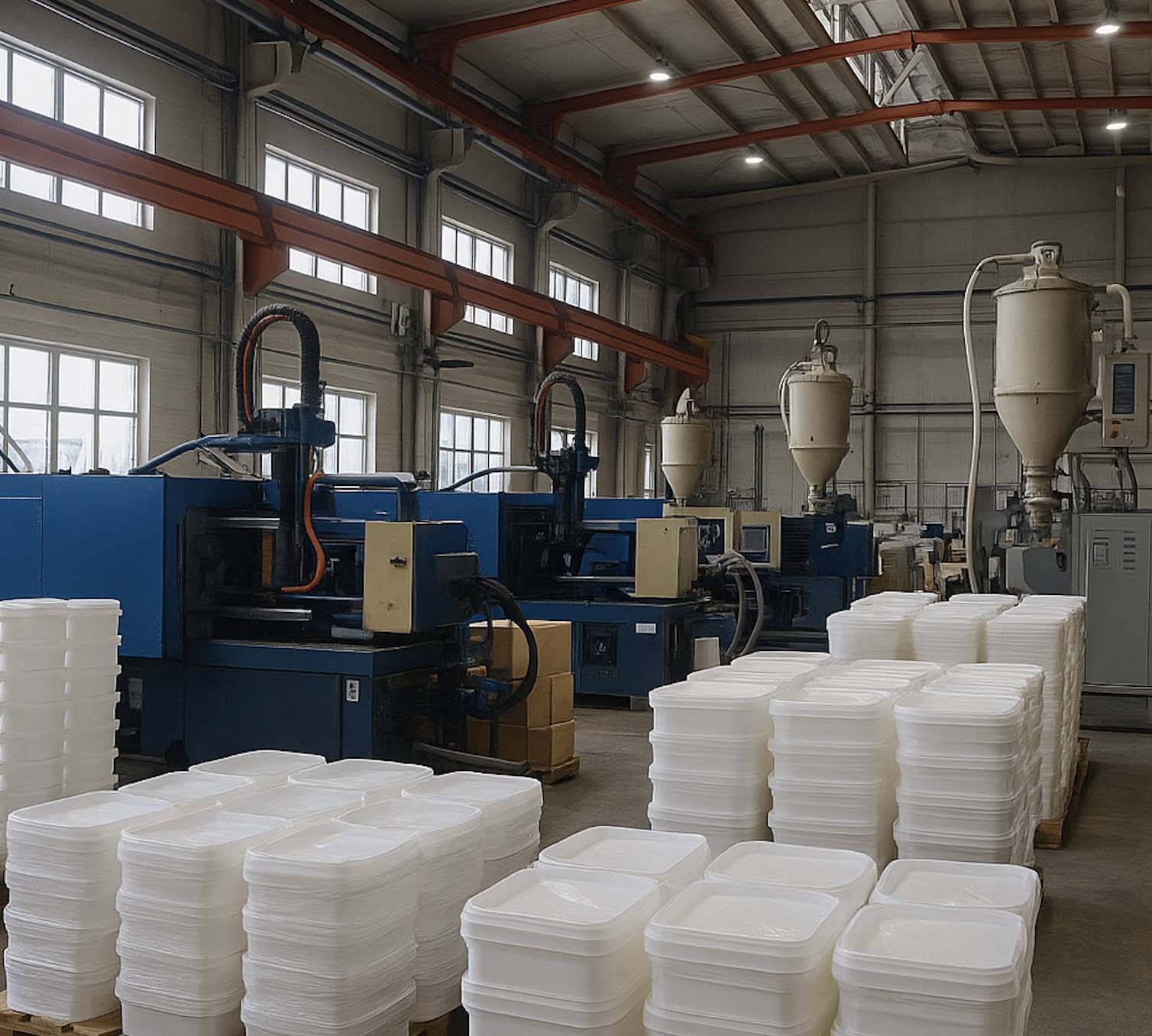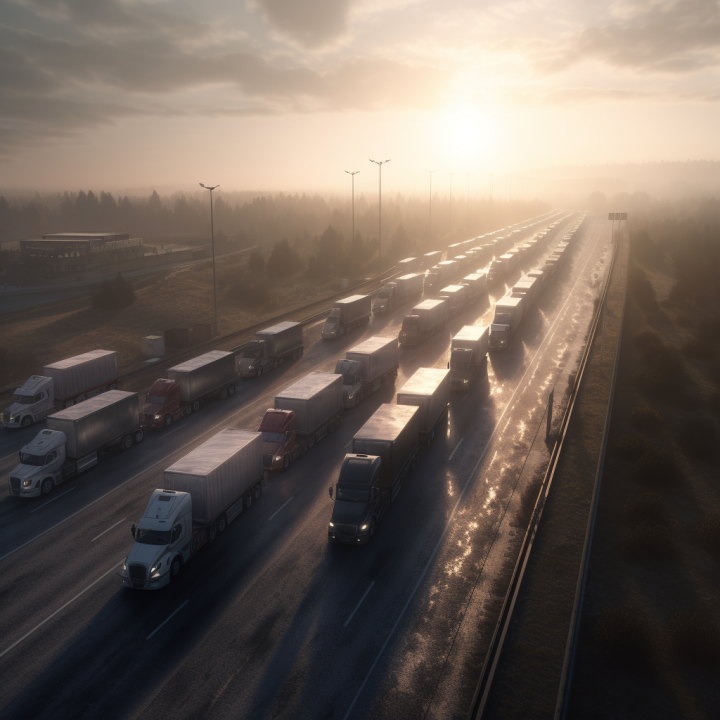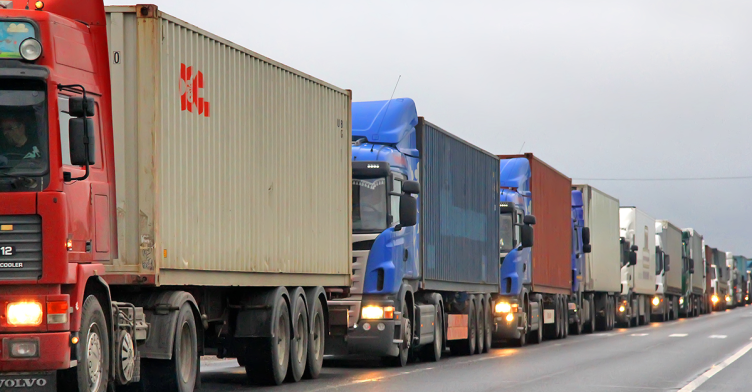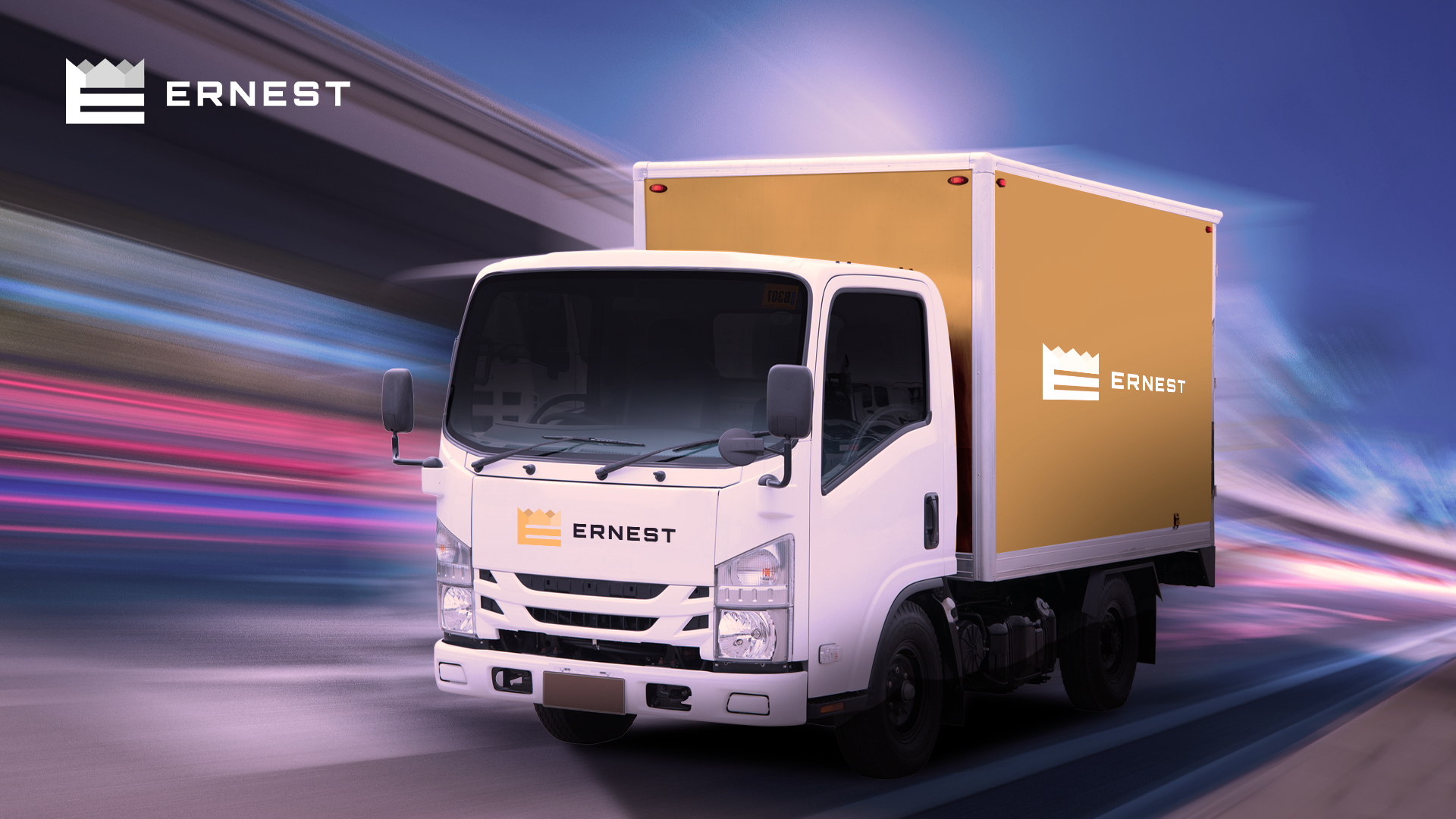
Height Limits on NLEX and SCTEX: Balancing Road Safety and Trade Efficiency
The Philippines’ logistics network depends heavily on its major expressways — particularly the North Luzon Expressway (NLEX) and the Subic–Clark–Tarlac Expressway (SCTEX) — which serve as critical arteries for domestic trade and industrial transport. Every day, thousands of trucks use these tollways to move raw materials, consumer goods, and exports between Metro Manila, Central Luzon, and Northern Luzon.
However, a series of overheight truck collisions, notably at the Marilao Overpass Bridge, have exposed both safety vulnerabilities and infrastructure constraints. These accidents have caused fatalities, major traffic disruptions, and millions of pesos in repair costs.
To address these risks, the Toll Regulatory Board (TRB) and NLEX Corporation have implemented stricter height enforcement rules and compliance protocols starting September 2025.
Why Height Limits Matter for Road Safety
Height restrictions are not arbitrary — they are essential safety measures. Collisions involving overheight vehicles and low-clearance bridges endanger lives and damage public infrastructure.
Each incident can paralyze traffic, delay shipments, and result in expensive repairs. By tightening enforcement, TRB and NLEX Corporation seek to protect motorists, preserve expressway assets, and maintain the steady movement of commerce.
Official Height Limits on NLEX and SCTEX
Under TRB’s approval and NLEX Corporation’s updated clearance guide, the maximum vehicle heights are: 4.35 meters – for vehicles using NLEX and 4.40 meters – for vehicles using SCTEX. These limits were introduced to balance road safety and logistics continuity, following consultations with the trucking industry.
Operators are reminded that these are maximum allowable clearances, not guaranteed heights for every bridge or gantry.
In practice, not all bridges along NLEX and SCTEX have identical clearance levels — some sections fully comply with or even exceed the prescribed limits, while others remain lower due to older engineering designs.
The Marilao Overpass Bridge, in particular, has been identified as a notable low-clearance point, prompting the recent enforcement measures and escort-permit system.
Because of these variations, pre-trip height measurement of trucks and cargo is now a critical safety and compliance step.
DPWH Standards vs. Expressway Practice
The Department of Public Works and Highways (DPWH), under Department Order No. 53, Series of 2016, prescribes a minimum vertical clearance of 4.88 meters for national roads and bridges. This 4.88 m figure is the national engineering standard for roads and bridges under DPWH’s Road Design Standards and National Building Code IRR.
However, since NLEX and SCTEX were constructed under TRB concession frameworks, their actual operational limits (4.35 m / 4.40 m) are lower than DPWH’s prescribed standard. This mismatch between national design codes and expressway operating rules creates operational challenges for logistics operators whose vehicles may comply with DPWH standards but still face expressway restrictions.
Escort Vehicles for Oversized Loads
Trucks exceeding the 4.40-meter limit are not automatically prohibited but are subject to a special movement permit from NLEX Corporation. Operators must engage front and rear escort vehicles, whose fees are set as follows: ₱1,800 for the first 15 km per escort vehicle, ₱80 per additional kilometer, and Toll fees for escort vehicles (round trip) charged to the operator
Because two escorts are mandatory, costs increase rapidly, making oversized load movements significantly more expensive.
Height Gantries and Enforcement Measures
To strengthen compliance, NLEX Corporation has installed height gantry limiters at toll plazas and entry points. These steel frames act as physical screening barriers — preventing trucks that exceed height limits from entering.
Tampering with or damaging these barriers carries serious consequences: ₱50,000 minimum penalty, Full repair costs, and Possible legal action under Republic Act No. 8794 (An Act Imposing a Motor Vehicle User’s Charge on Owners of All Types of Motor Vehicles) and related DPWH–TRB regulations on expressway damage to government infrastructure.
Drivers must also remain within designated truck lanes and obey “Low Clearance” signage to avoid accidents.
TRB’s Conditional Approval for Marilao Overpass
In August 2025, the Toll Regulatory Board issued a communication acknowledging NLEX Corporation’s request to permit trucks with a total height not exceeding 4.35 meters, on condition that the operator enforces strict monitoring and traffic management.
The TRB also confirmed that it is evaluating NLEX Corporation’s proposed engineering solutions to address the low clearance at the Marilao Overpass Bridge. This reflects a balanced policy approach — maintaining public safety while accommodating the operational needs of the trucking sector.
Long-Term Outlook: Toward Infrastructure Alignment
The existing 4.35- and 4.40-meter limits are short-term safeguards to mitigate immediate risks. Yet the long-term solution lies in infrastructure modernization — specifically, raising bridge and overpass clearances to meet the DPWH’s 4.88-meter benchmark.
Such upgrades would align expressway standards with national road design policy, reduce operational bottlenecks, and ensure that logistics systems can keep pace with regional and international transport norms.
Our Take
The stricter height enforcement on NLEX and SCTEX is a necessary corrective following a series of tragic and costly overheight incidents. These measures prioritize public safety and infrastructure protection — both non-negotiable in a functioning logistics network.
However, genuine long-term progress requires policy alignment and infrastructure investment. The Philippines must move toward a uniform 4.88-meter clearance standard, integrating DPWH design codes, TRB regulations, and concessionaire commitments.
By bridging the gap between engineering standards and expressway practice, the government can create a safer and more predictable environment for trade. This alignment will ensure that road safety and logistics competitiveness advance together — keeping Philippine highways globally compliant and economically efficient.
About the Author:
The author is a seasoned professional in the logistics and transportation industry, with over a decade of experience working in the Philippines. As part of a comprehensive logistics service provider, Ernest Logistics Corporation, the author has expertise in trucking, domestic and international freight forwarding, and customs brokerage. Having witnessed the challenges and opportunities firsthand, the author possesses deep insights into the sector's inner workings and potential for growth. Through their extensive knowledge and passion for creating a more efficient and sustainable transportation system, the author aims to contribute to the ongoing conversation on policy reforms and best practices in the industry.

Trucking Industry Under Pressure: Pandemic Impact and NLEX Toll Fee Hike Spark Protests and Challenges
The Alliance of Concerned Truck Owners and Organizations, or "ACTOO," held a massive demonstration on …

Truck ban: An effective way to manage road congestion - or not?
Every aspect of our lives has unquestionably been impacted by the COVID-19 pandemic. One area …

Fast & Affordable Trucking Service is a common ground between air freight, and sea freight.
Torn between speed, and cheaper freight? Go for trucking service where getting both are combined …